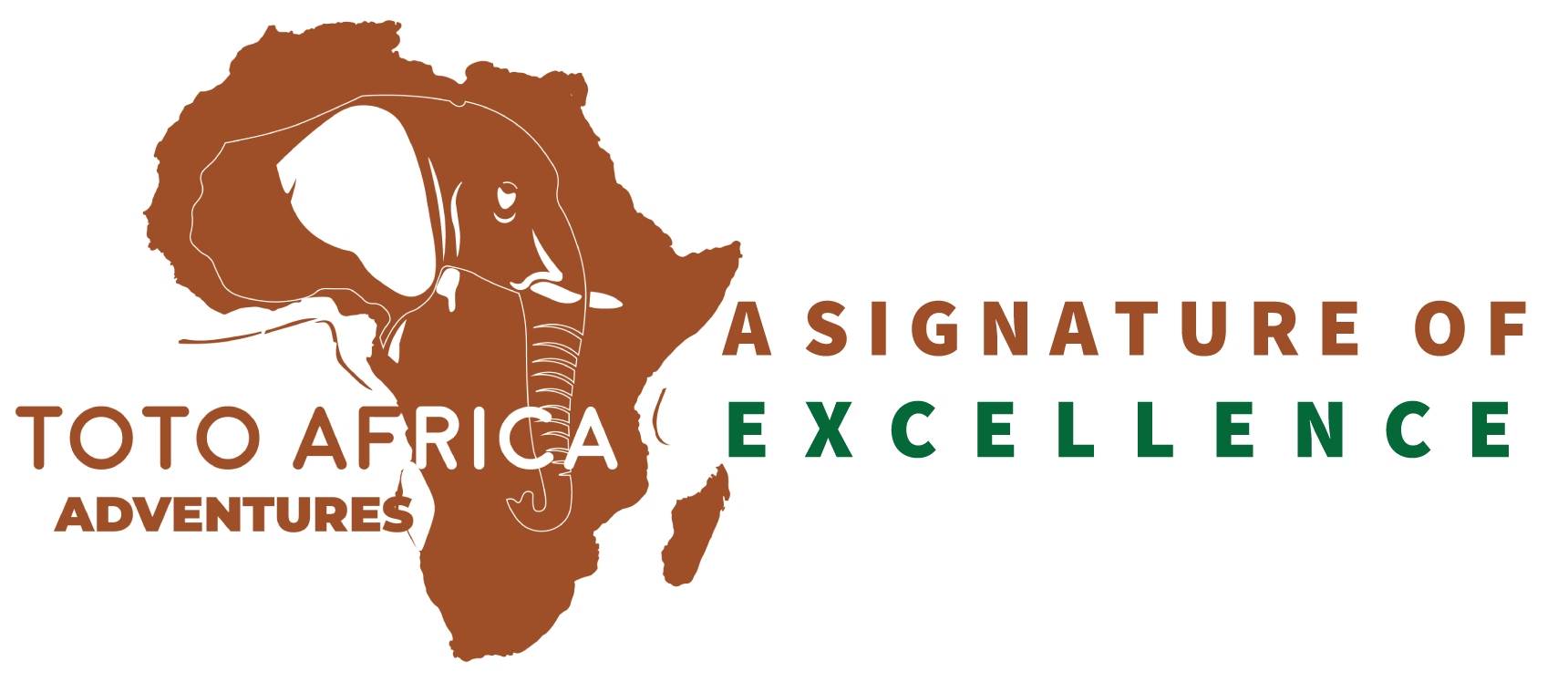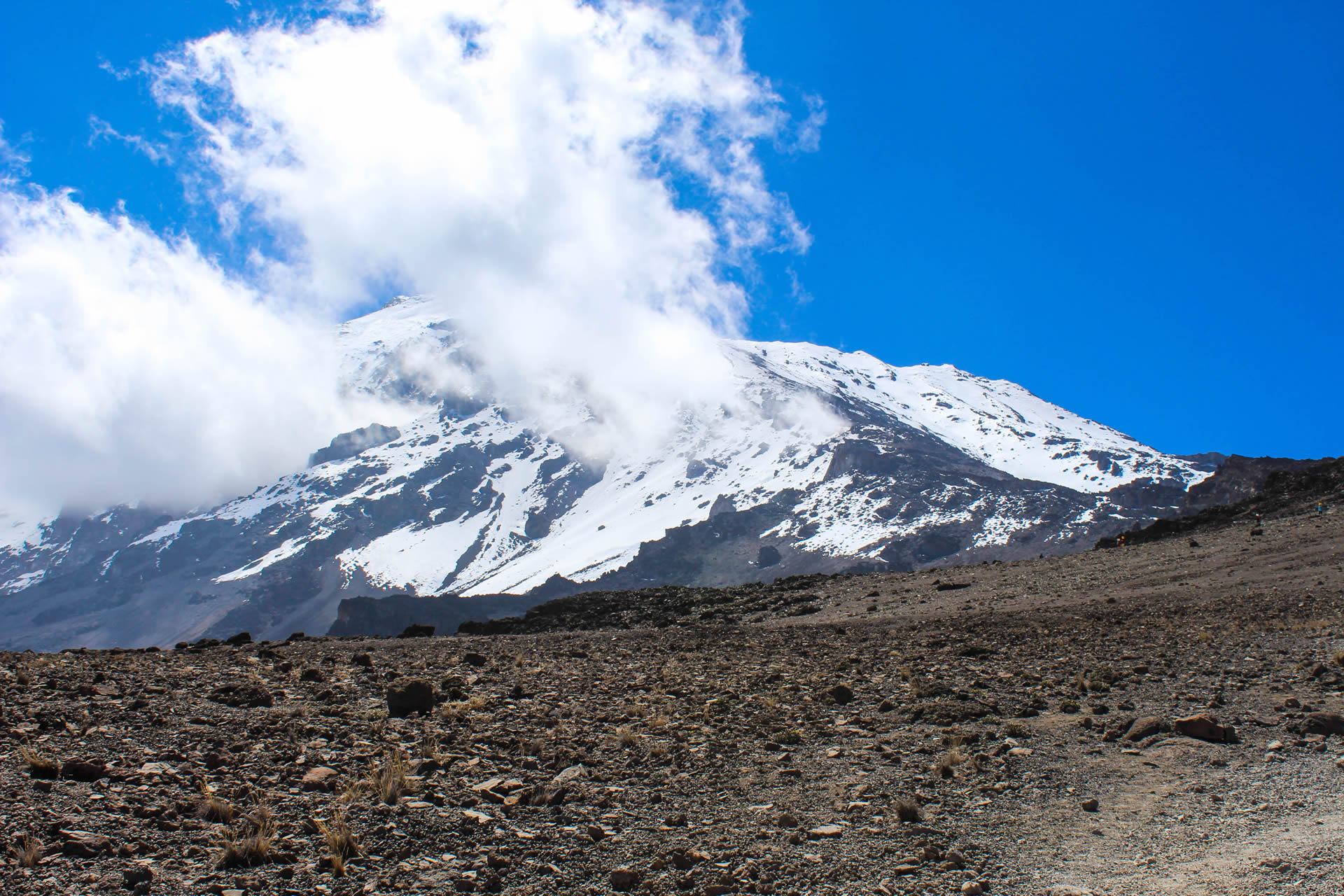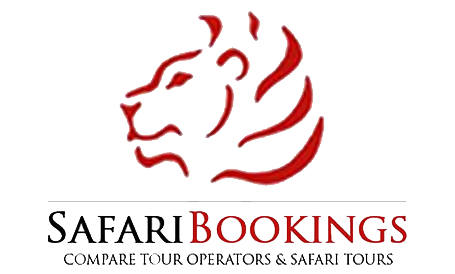Mount Kilimanjaro FAQ - FREQUENTLY ASKED QUESTIONS.
Mount Kilimanjaro, standing at 5,895 meters (19,341 feet), is the tallest mountain in Africa and the highest free-standing mountain in the world. Offers an unparalleled trekking experience in Tanzania. Embark on this ultimate adventure with us, designed for any reasonably fit hiker—no technical skills required. Our treks include tents, experienced guides, and the best base camps to ensure a successful climb. Reaching the snow-dusted summit, the highest point on the African continent, is an exhilarating achievement. Breathing the rare, thin air feels like a tender embrace from mother nature herself. Earn your status as a modern adventurer, break in those hiking boots, choose your summit flag, and prepare for the pinnacle of African adventure: Kilimanjaro awaits.
We recommend a minimum of eight days from the USA and Europe, although some people may wish more time for the trip. We can customize itineraries or routes to offer more days in the park(s). Some people may wish to climb nearby Mount Meru as well. If you have more than eight or nine days, you can choose any of the main routes on the mountain and still have time for a wildlife safari before or after your trip.
You can climb any month of the year. At lower elevations, April, May, and November are quite wet while March and June are transitional months. August and September are the coldest and driest months. January, February, July, August, and September are all popular climbing months.
We can measure each day in walking hours rather than kilometers. Most days, other than the summit day, will begin with breakfast around 6:30 AM and departure at 7 AM. You will walk four to five hours with a break for lunch followed by another hour or two of hiking in the afternoon. These days are not long or difficult and you will be advised to walk slowly.
Most groups will start for the summit on ascent day around 11 PM to midnight, depending on the perceived fitness of the group, the weather and the route. The pre-dawn hours are ideal to start the ascent to the summit as it is cold but also calm and clear. It is rare find cloudy weather at the summit at dawn any time of year and at dawn, you have the best view. On the other hand, if you leave in early morning, it could be very windy and the ascent becomes more difficult. The ascent day is a long hiking day, so it is better start early and walk slowly. It can take up to 15 hours to reach the summit and descend to the camp for that night.
You will simply carry a day pack of about two to four kilograms, although some people carry more or less. Your gear (not to exceed twelve kilograms) will be placed inside a waterproof duffle at the trail head and a porter will carry this for you. If you have things that you do not need on the climb, you may leave a bag behind at Arusha.
The usual ratio is three or four local staff for each climber, although small groups may have four or five staff per climber. The staff usually consists of an English speaking guide or guides, a professional cooker, and gear-carrying porters. We encourage you to interact with your staff. They are all trustworthy, local people who have grown up in the shadow of the mountain. Many of them have climbed the peak a hundred or more times.
We provide tents, camping gear, food, utensils, and leadership. You should bring your own sleeping bag, water system, personal clothing, light duffle bag, and day pack. Hiking poles can be rented.
A packing list is provided to all climbers, along with our pre-departure packet:
• 1 mountaineering sleeping bag (usually a below 10 degree rating or better is recommended)
• 2-3 liters water canteen (sturdy plastic or steel)
• 1 LED flashlight with spare batteries
• 1 Pair of comfortable trekking boots
• 1 towel
• 2 pairs of thick thermal socks and several pairs of regular socks
• 2 fleece jackets
• 1 down jacket or long-sleeved wind-breaker (down jacket is unnecessary if you have good fleece jackets)
• 1 set of thermal underwear (i.e. thermal vest and long-johns)
• 2 pairs of trekking trousers
• 1 waterproof jacket
• 1 pair of waterproof trousers
• 1 balaclava or ski-mask
• 1 sun hat
• 1 pair of sunglasses
Your tents are mountain-style, double-walled, mosquito-netted, and durably-floored with waterproof material. While technically rated as three-person tents, they accommodate two people very comfortably. Tents are erected and packed up by the portering staff. There is enough space for tall people to stretch out and room for your gear within the tent. On the Marangu Route, the huts are just large enough for four bunks built against the walls of A-frame cubicles. Tall hikers will feel cramped. Gear is stored on the floor. Wash and toilet facilities are shared and are outside of the bungalows.
Breakfast includes tea, coffee, milk, eggs, toast, porridge, cereals, bread, fruits, bacon, sausages, etc. Lunch is a picnic lunch on the way the first day while it is hot lunch the next days with hot soups, bread, vegetables, fruits, salad, cookies, beef, chicken or fish, potatoes, pasta, or rice with sauce. Dinner starts with hot soups, followed by the main course (pasta or rice, meat), desserts and ends with hot drinks.
You will have enough drinkable water during the trip. To keep your system running normally, we recommend you bring two bottles and use tablets to purify water (you can buy tablets in Arusha).
No one is forced to go on. There is always enough staff to split the group accordingly to needs and regroup later at the camp. Most people have no trouble reaching the highest campsite. If some party members decide not to climb the final distance to the peak or cannot proceed at any point in time, they can wait for the other group climbers to come back or can go down with a guide following the same way or take a lateral path to the descent route.
You must arrive healthy and fit. A simple cold or other respiratory sickness can become worse during the trekking. There is no malaria risk on the mountain and insect bites are very rare.
We always have a first aid kit with us and guides are well trained on first aid. Serious injuries are very rate and Kilimanjaro National Park has a rescue team in case of emergency.
Bottled oxygen is not routinely available on this climb and not included in the price of the trip. The most immediate treatment for serious altitude sickness is rapid descent, which is always possible on Mount Kilimanjaro. Virtually no climbers on the mountain carry oxygen. If upon reaching the final campsite before the ascent your guide judges you to have serious symptoms of altitude sickness, you will not be permitted to attempt the final climb. Oxygen may be available on an emergency basis or at an added cost, but not as an aid for climbers who have not acclimatized adequately on their own.
Check with your doctor and the Center for Disease Control (CDC) for current recommendations. None are required for entry to Tanzania from the USA and Europe or for re-entry to the USA and Europe. If you come from a yellow fever endemic country by road, proof of vaccination is required.










